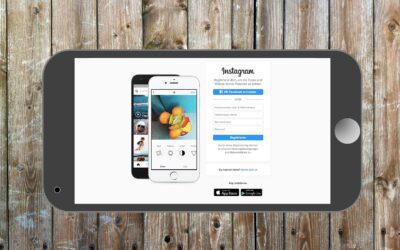Launching an application could be exciting and interesting in today’s world anchored to digital media. But the competition out there is substantial. It makes it difficult for one to understand if the app is a success.

Analyzing crucial metrics around the app and its user base helps understand its progress. Among the many available metrics, here are four critical aspects to watch out for to track the success of an app.
The Users And Their Usage
The total number of people who download the app directly indicates the interest in the service enabled by the app from the user base. The total download count also influences marketing and technical decisions.
Evaluating the number of app downloads over a period helps understand the best advertising channels. Also, it helps predict the increase in engagement in the future and plan the server’s needs to ensure a smooth experience for users.
A track of the daily and monthly increase in downloads and active users helps highlight the app’s success among users who downloaded. This metric gives an insight into whether the users are increasing, decreasing, or simply stagnant. Understanding the geographic distribution of the user base is yet another crucial metric. It helps identify issues faster and rectify problems to approach a more extensive user base.
The type of device used for downloads is helpful to evaluate the usability of the app and profitability. In many cases, user retention falls low due to low engagement. It could be the lack of a seamless user interface.
App Performance
The performance metrics of the app are essential to determine the ease of interaction of the user. It also influences the costs that could incur to improve the performance.
App crashes are a primary metric to understand the technical capabilities of the app. It is a measure of the average number of crashes per app load. The value could be between 1-2% based on the stage of the app. High app crashes could reduce user retention.
App Load Time or Period refers to the number of transactions on the application over a period. It helps evaluate the app’s performance during a sudden increase in load. Some apps, for example, food delivery apps, might face spikes in load during certain times of the day. But the capabilities of the app need to accommodate the spike without degrading performance.

Similarly, latency, end-to-end application, and API latency are essential metrics. The round-trip time cannot be higher than 1 second. While users may have the tolerance to latency issues, in the beginning, it could cause them to drop out or abandon the app, says a report.
For example, if the user is working with a shopping app and the response time for the transaction is more than 5 seconds, the user may not prefer to use it again.
User Engagement
User engagement metrics help to understand the user experience with the app. It gives an idea about the changes necessary to gather interest and attention from the user base.
Session length or the total time a user spends in the app indicates their interest in using the app every time they open. Longer the session, the higher the interest in the application. Similarly, the Session interval determines the time between two visits to the app by the user. When the frequency is higher, the app is captivating to its user base.
For example, if the user sessions are longer for a shopping app, they can explore the many offerings or scan thoroughly through exciting products. Similarly, an increase in the frequency of visits indicates interest in research or buying from the collection.
Marketing and Revenue
Marketing metrics help to understand the potency of different channels and how they contribute to the growth of the business. The right strategies in each channel help to captivate the audience. Basic customer acquisition costs include the many media one might choose to advertise the app. Through word of mouth, campaigns, ads on digital platforms, and in-app referrals, it could be through word-of-mouth. Understanding the Cost Per Installation helps segregate the channels that offer the most benefits.
For example, assume the total spending on an advertisement over one month is 100$ for a particular channel. The total number of downloads influenced by the channel over this period is 500. Then the CPI or cost per installation is ((100/500)*100) = 20$. It is a focused metric that helps to understand the effectiveness of each advertising channel to get better value from paid ads.

Transaction revenue is a vital metric that indicates the value of transactions over the medium. While it is relevant to mCommerce apps, other applications can calculate an approximate value.
Lifetime Value is yet another revenue metric that shows the value of monetization possible from a customer for as long as they use the app. It projects the growth and expansion potential of the business.
Featured Image Credits: Pixabay








